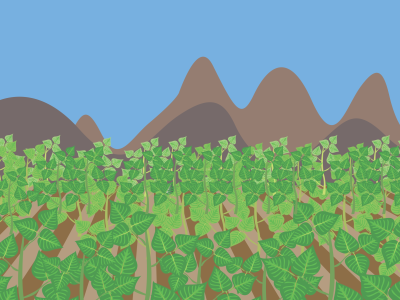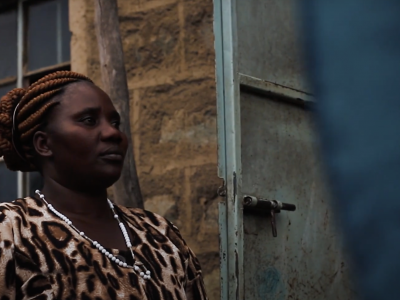
Making markets work for indigenous vegetables in the Lake Naivasha Basin, Kenya
We put forward three recommendations to make markets work for indigenous vegetables in the Lake Naivasha Basin, Kenya.
Summary
Like in other parts of Kenya, the population around Lake Naivasha produces and consumes various indigenous vegetables, such as black nightshade or amaranth. Despite their sustainability benefits, the local food system is reticent to expand the cultivation, marketability and consumption of indigenous vegetables. A key problem is that most Kenyan farmers rely on one crop: maize.
Yet, monoculture often has repercussions for human health, agricultural biodiversity and the soil. A more systematic combination of indigenous vegetables and maize is particularly important in parts of Kenya, like Naivasha. This paper looks at how to increase awareness and willingness of consumers to buy indigenous vegetables and to ultimately make markets work for them.
One way would be to create labels or certificates to signal to consumers the sustainability benefits of indigenous vegetables. Options for this include ‘voluntary sustainability standards’, ‘landscape labels’ or ‘participatory guarantee systems’. These market schemes allow consumers to choose products that tend to be more nutritious, but often at a higher price. All three schemes are already used for various food products in Kenya.
We put forward three recommendations for a process to set up similar schemes that could be possibly piloted in the Naivasha basin:
• Integrate sustainability benefits of indigenous vegetables into an existing market scheme;
• Promote indigenous vegetables as organically produced food and benefit from the growing organic market in Kenya;
• Involve public authorities closely in the set-up of a scheme to strengthen the policy, legal and institutional system that can support market development in favour of indigenous vegetables.




